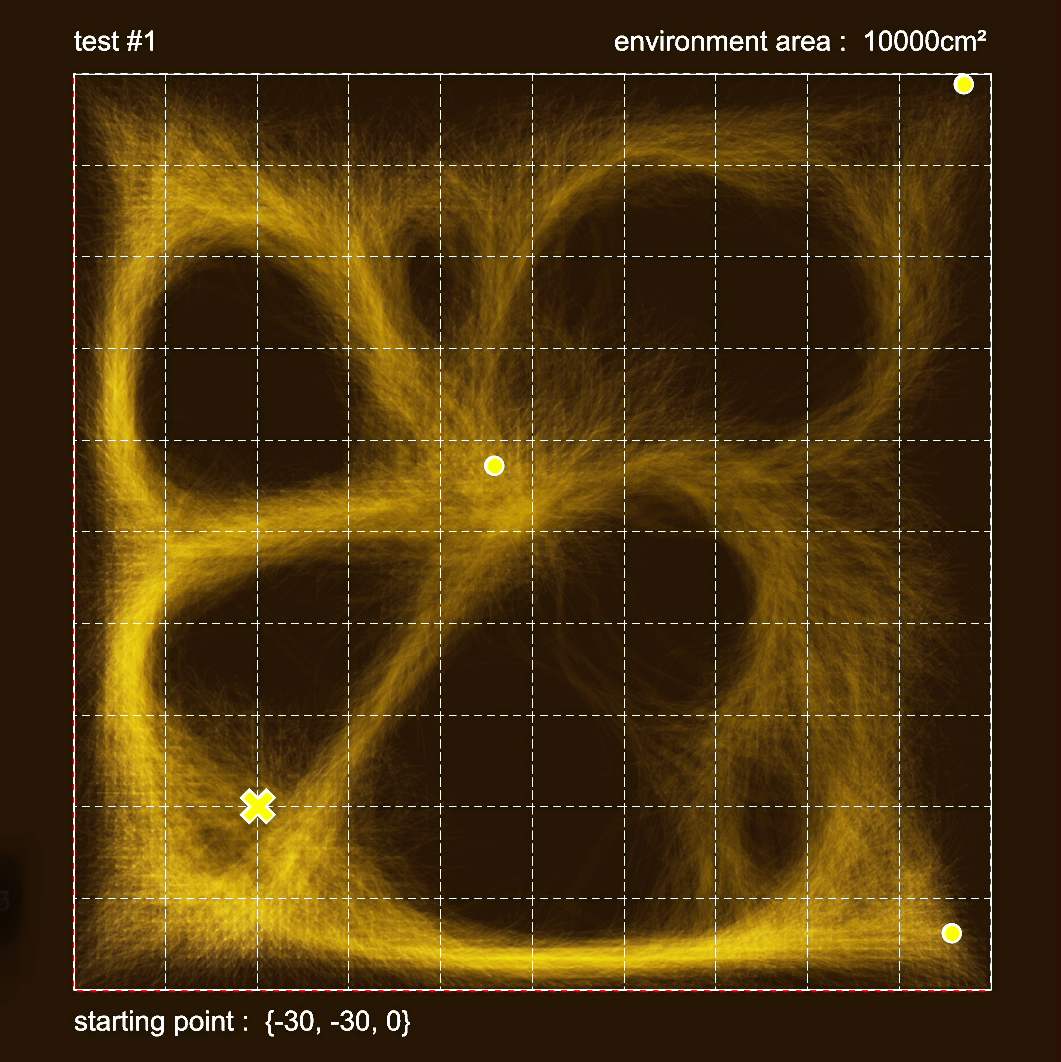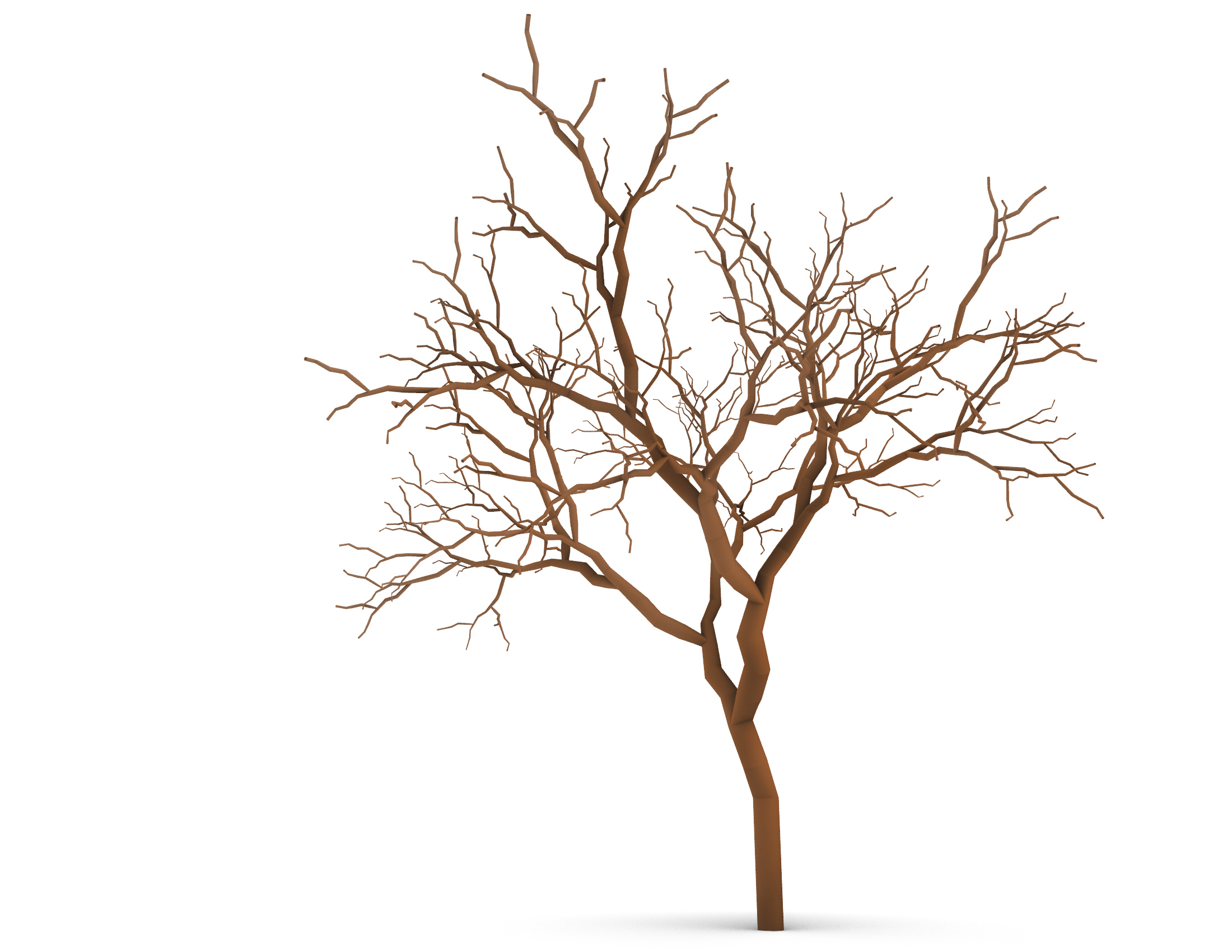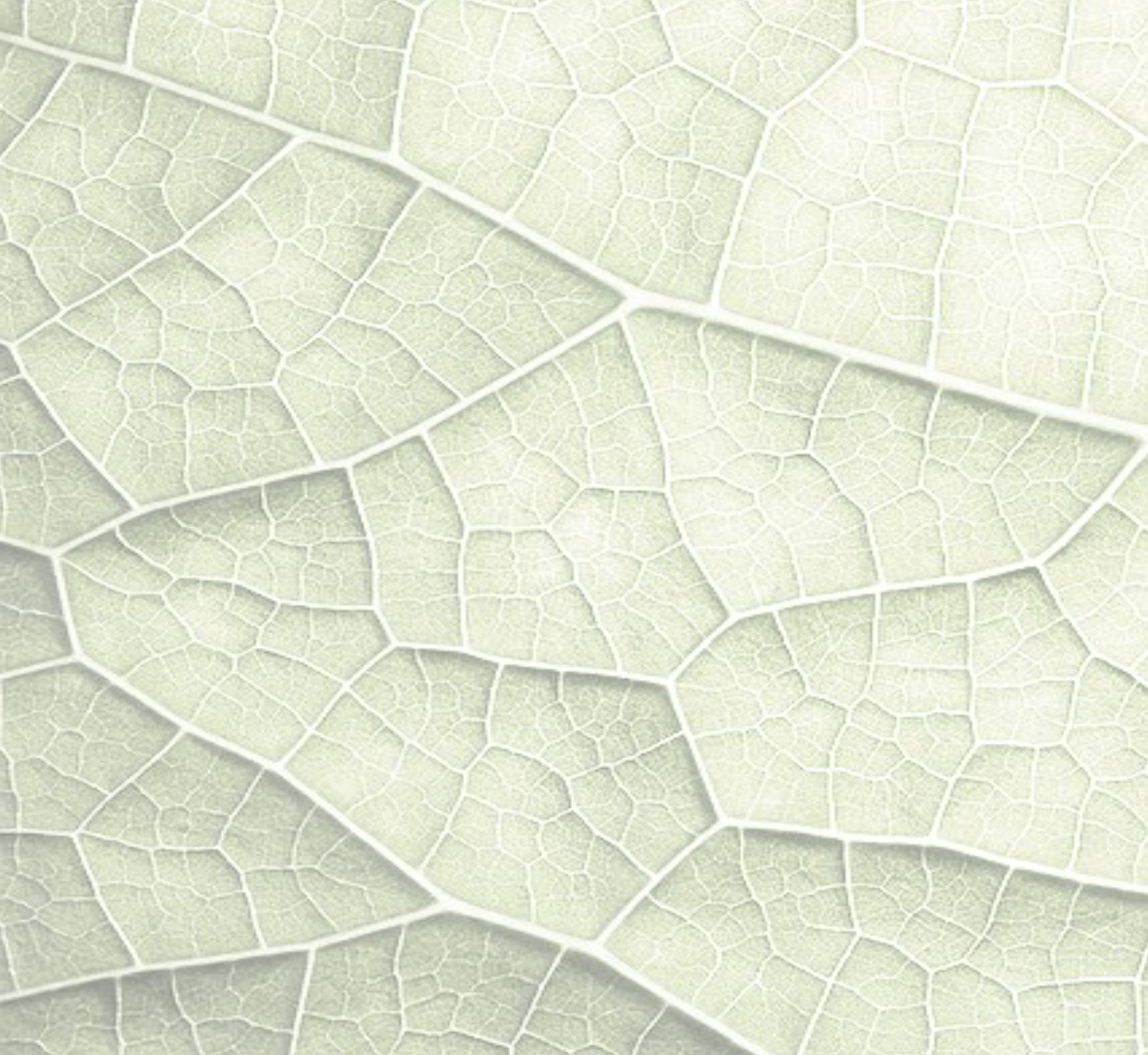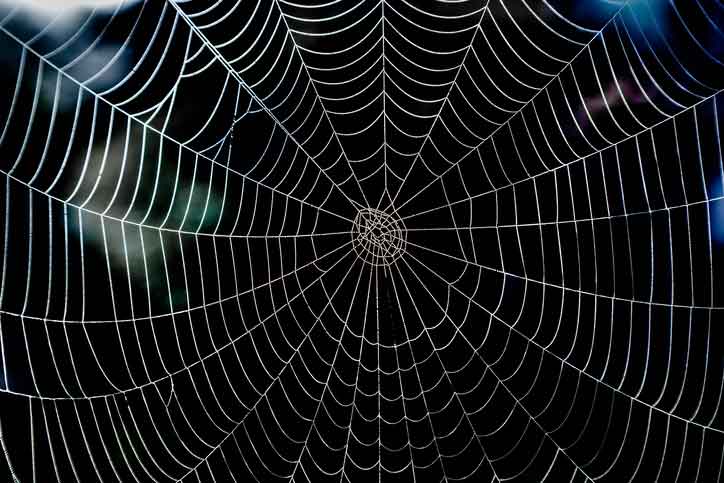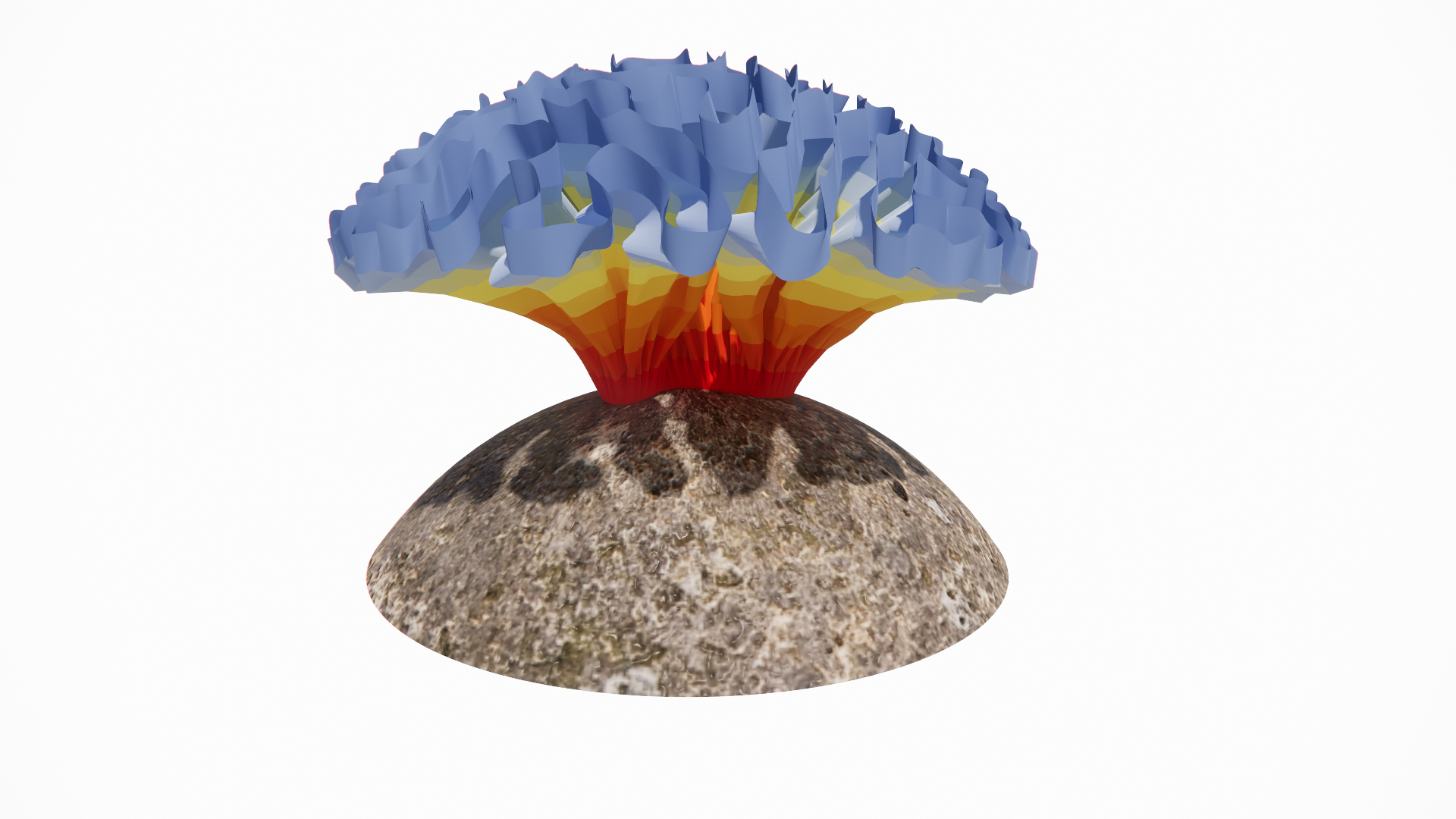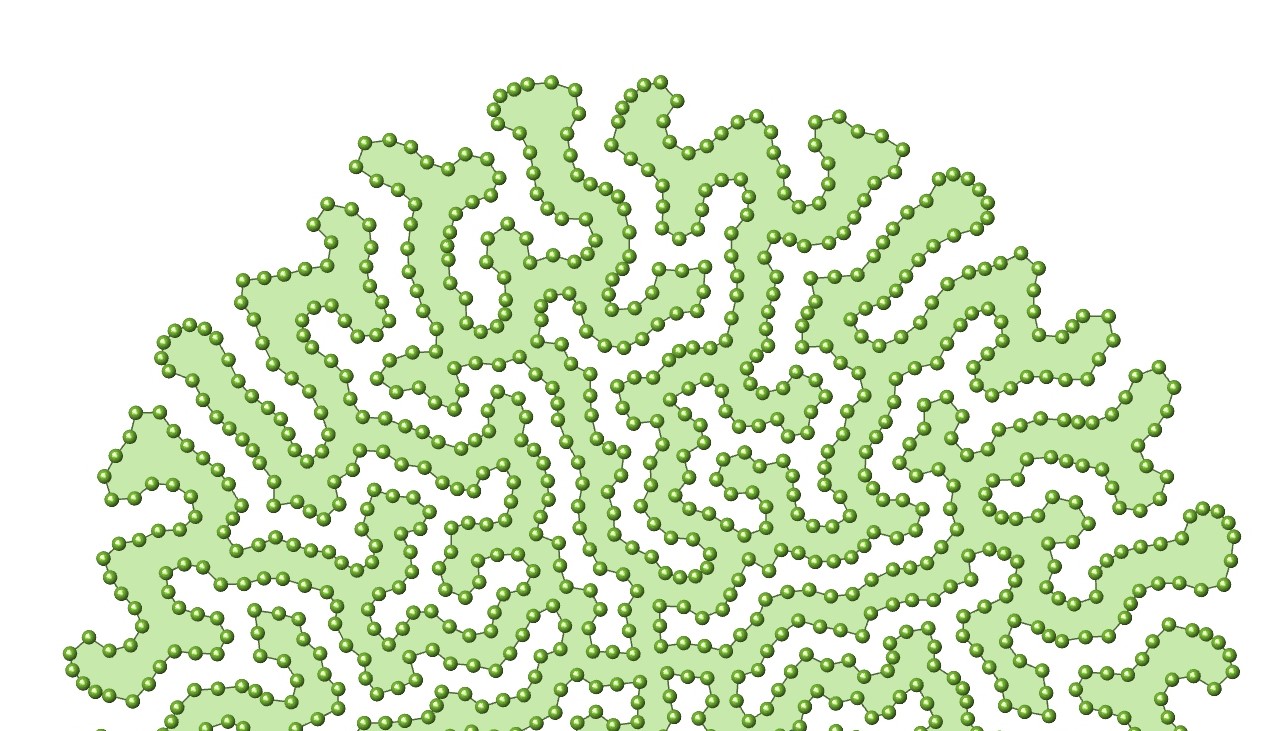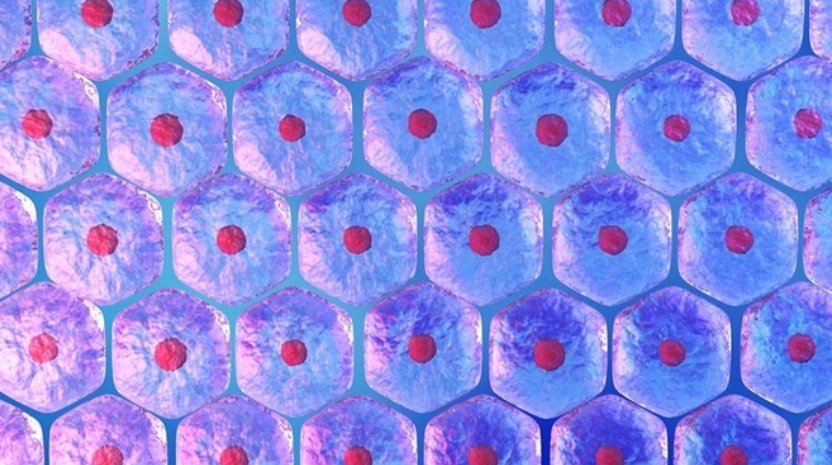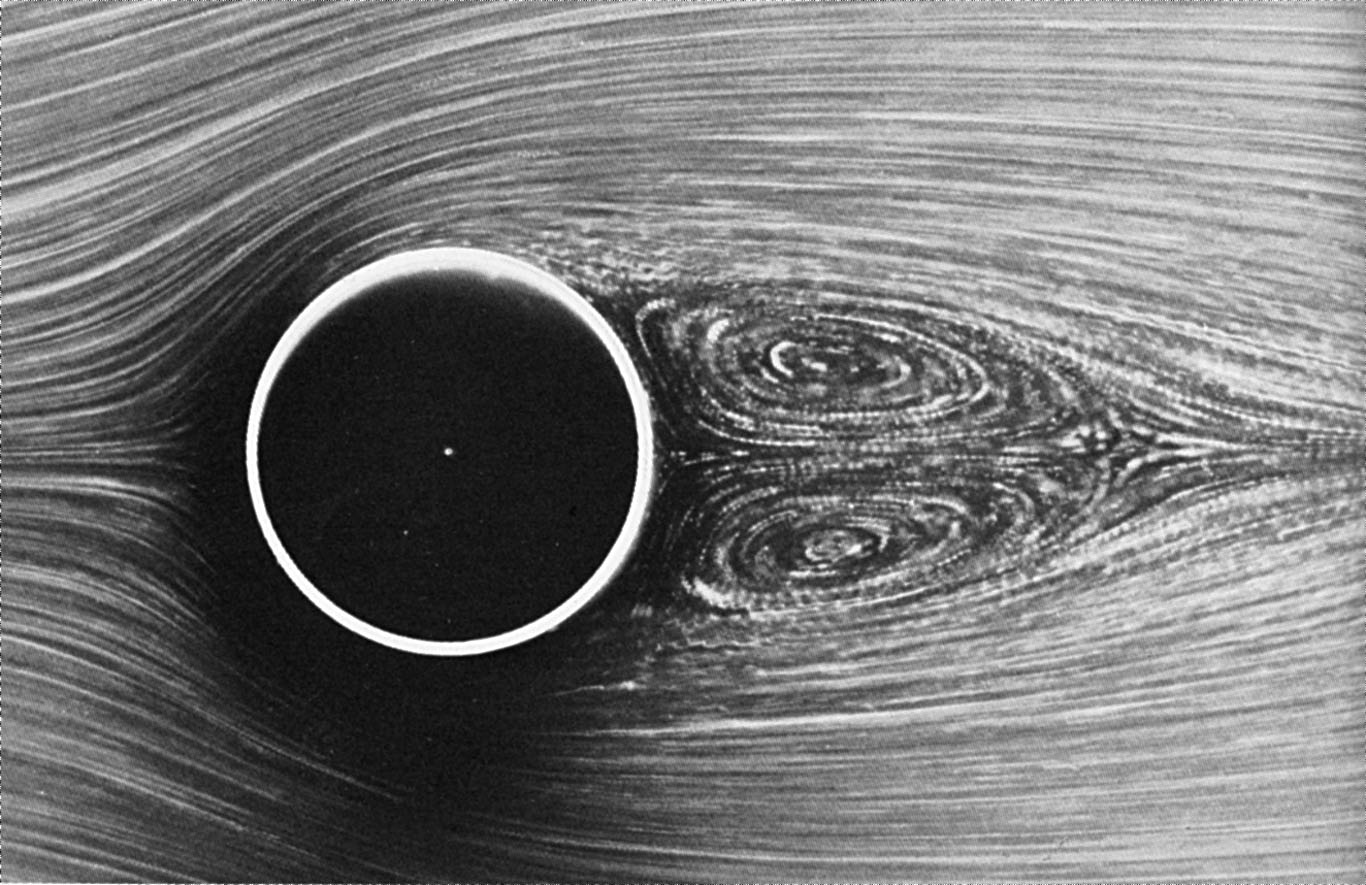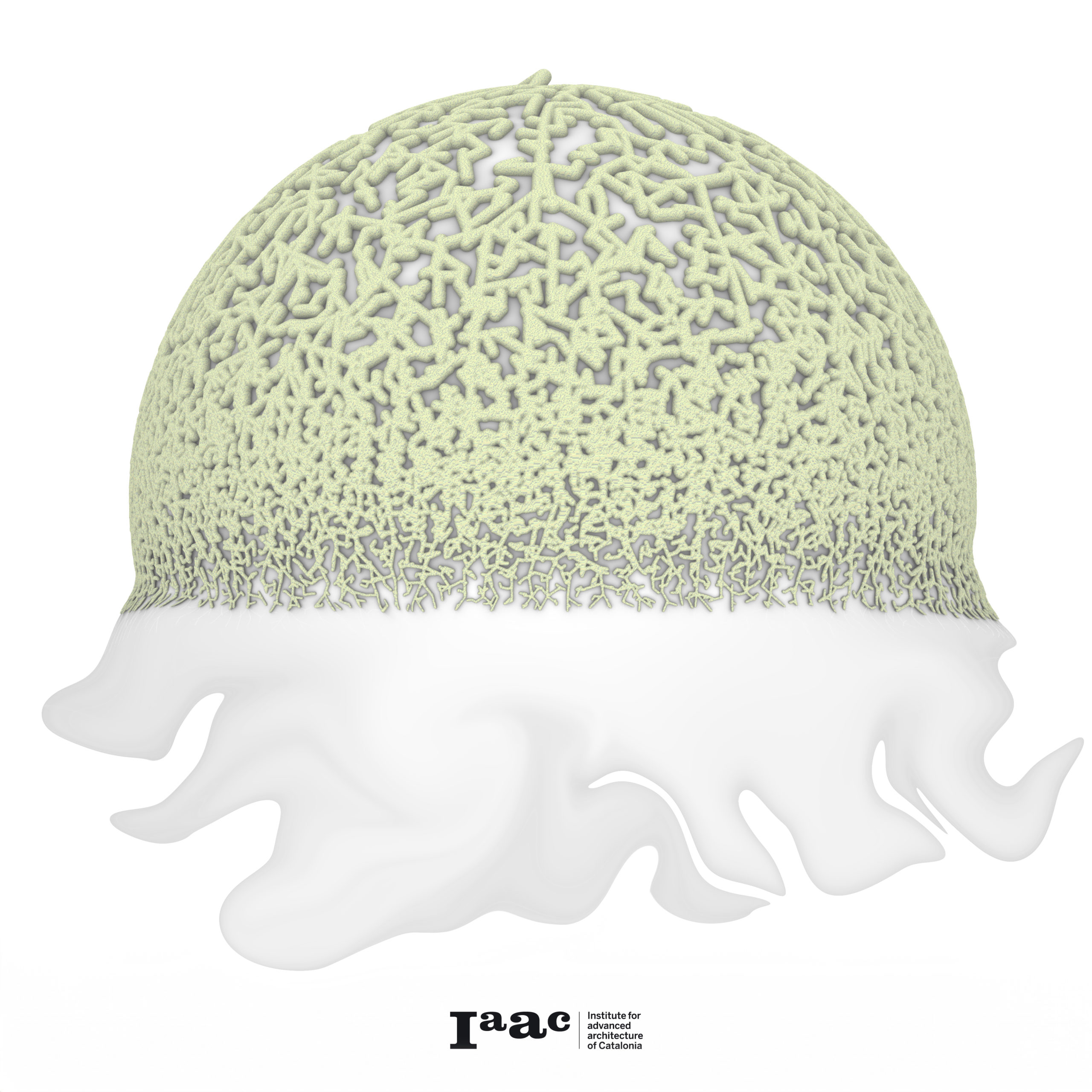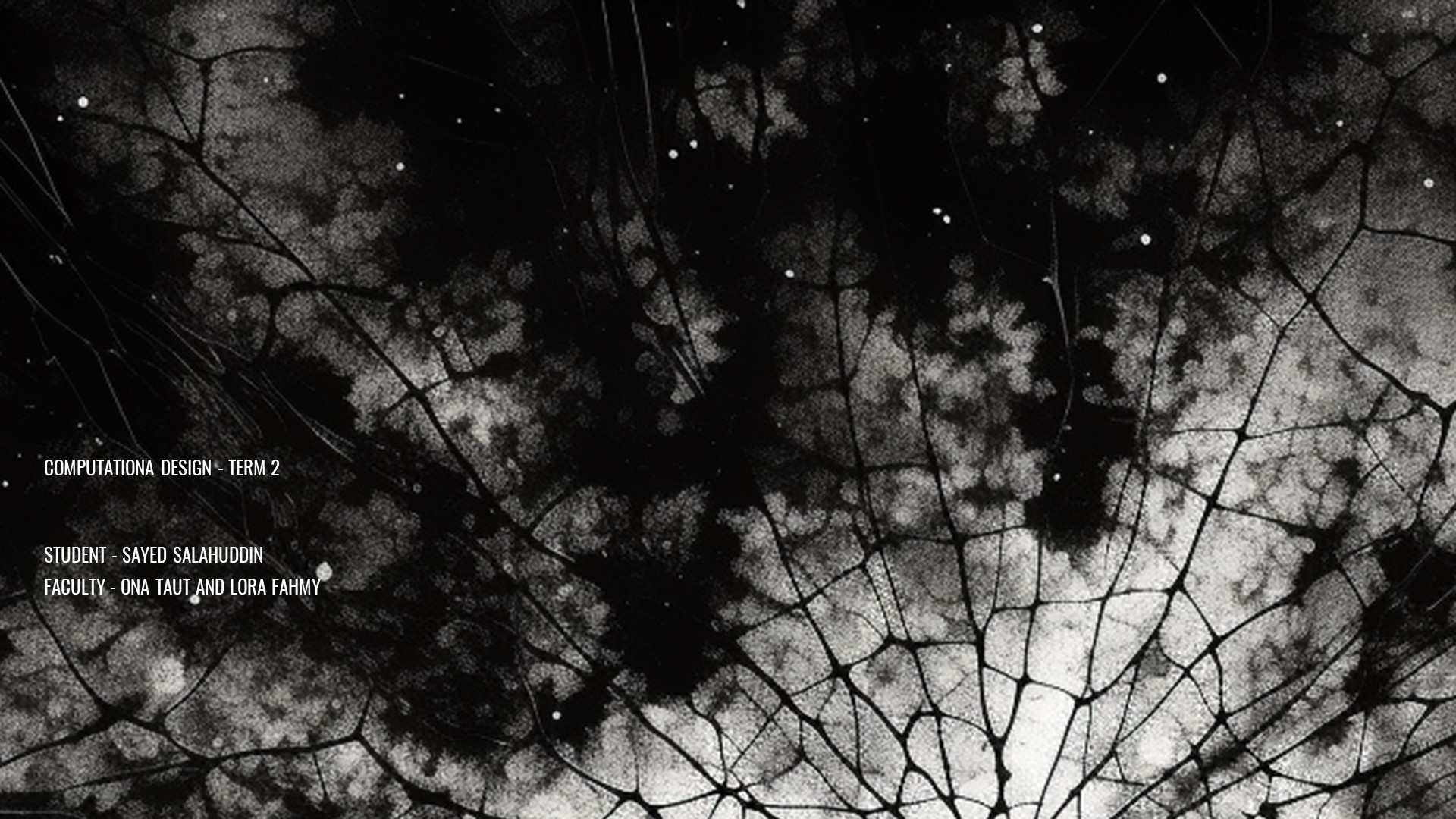PHY_SLIME_
slime molds a.ka. physarum Slime molds display a unique growth form characterized by efficient “hunting” behaviour and remarkable problem-solving abilities. These organisms form intricate structures for spore production, showcasing adaptive behaviours without a centralized nervous system. Their ability to solve complex problems and optimize growth patterns in order to find nutrient sources has sparked scientific … Read more

